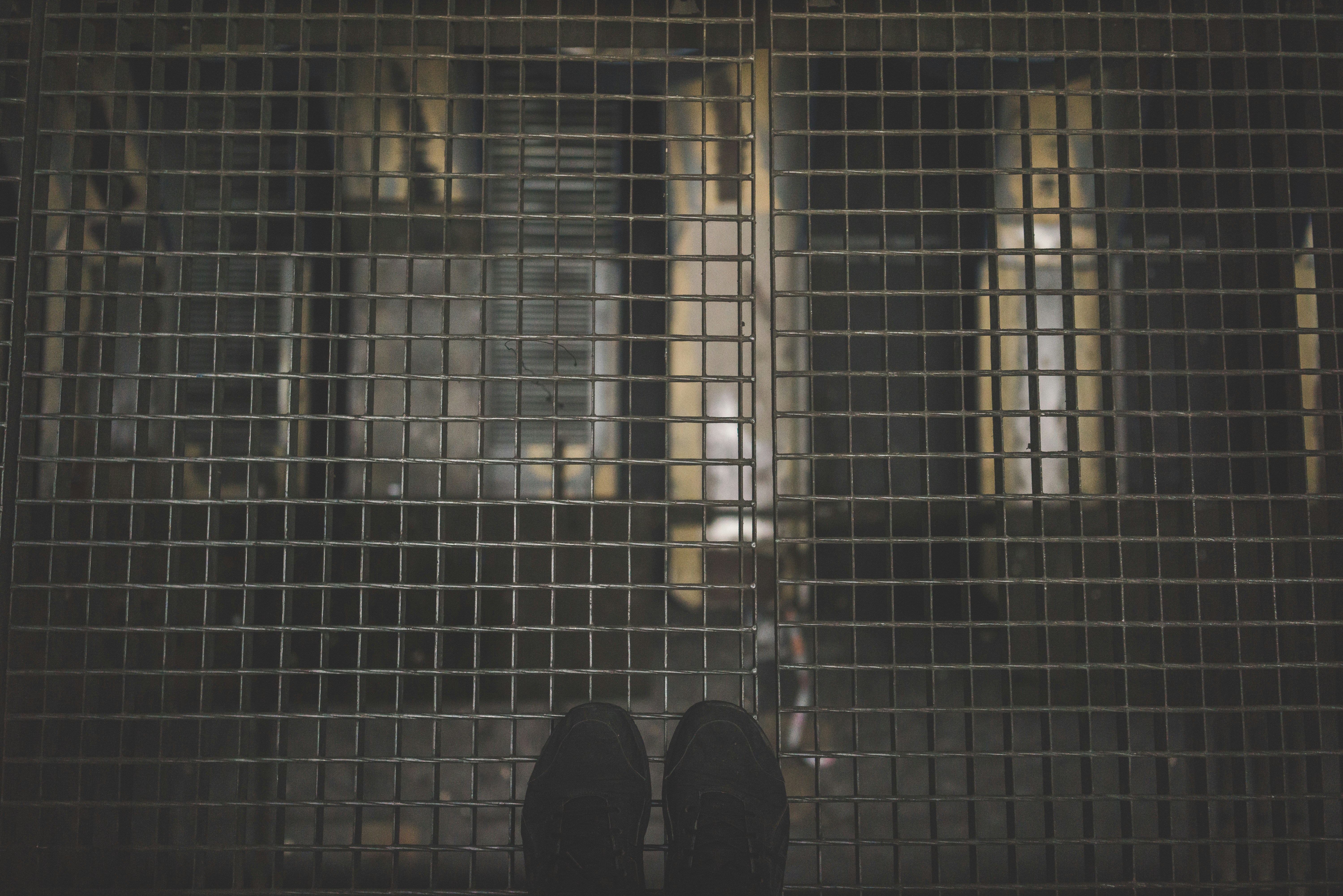Imagine stepping into a space where every fabric tells a story, where colors dance and patterns evoke emotions. High-quality printed textiles hold the power to transform ordinary designs into extraordinary experiences. Whether you’re an interior designer, fashion creator, or DIY enthusiast, these textiles can elevate your work in ways you may not have considered before.
As we delve deeper into the world of high-quality printed textiles, you’ll discover how they impact design aesthetics and functionality. From vibrant prints that catch the eye to luxurious materials that feel good against the skin, each choice matters. Let’s explore how incorporating these remarkable fabrics can redefine your creative projects and inspire new ideas.
The Impact of Quality Textiles on Design
Quality textiles can dramatically alter the perception of a design. They bring depth, texture, and personality to any project. When crafted with care, printed fabrics add an element of sophistication that draws attention.
The right material enhances colors and patterns, making them pop in ways lower-quality options can’t match. This vibrancy captures more than just the eye; it evokes feelings and sets moods within spaces or garments.
Moreover, quality textiles often feature superior durability. They resist fading and wear over time, ensuring designs maintain their beauty for longer periods. This longevity not only adds value but also signifies a commitment to craftsmanship.
Incorporating high-quality printed textiles means choosing materials that inspire creativity while establishing a higher standard for your work. The result is not merely functional items; it’s artful expressions that resonate with both the creator and audience alike.
Types of High-Quality Printed Textiles
High-quality printed textiles come in various types, each suited for different applications.
Cotton is a classic choice. It’s soft, breathable, and perfect for everything from clothing to home décor. Its ability to absorb dyes leads to vibrant prints that stand the test of time.
Silk offers an elegant touch. With its smooth texture and natural sheen, silk is ideal for luxury garments and high-end accessories. The way colors pop on silk is simply stunning.
Polyester blends are gaining popularity due to their durability and printed fabric resistance to wrinkles. They hold prints exceptionally well, making them great for activewear or upholstery fabrics.
Linen exudes a relaxed vibe with its textured finish. It’s perfect for summer dresses or casual table linens where breathability matters most.
Exploring these varieties can open new avenues in design creativity while meeting specific functional needs.
Benefits of Using High-Quality Printed Textiles

High-quality printed textiles elevate your designs in countless ways. The rich colors and intricate patterns breathe life into any project, ensuring a strong visual impact.
Durability is another significant advantage. Unlike lower-quality options, premium materials resist fading and wear over time. This means your creations maintain their brilliance even after repeated use or washing.
Comfort also plays a critical role in design. High-quality textiles are often softer and more breathable, enhancing the overall user experience. Whether it’s clothing or upholstery, comfort can make all the difference.
Moreover, using quality fabrics showcases craftsmanship. Clients appreciate attention to detail and will be drawn to products that reflect superior standards.
Sustainability is increasingly important too. Many high-end printed textiles are made from eco-friendly materials, appealing to environmentally-conscious consumers who prioritize sustainable fashion choices.
How to Choose the Right Textile for Your Design
Choosing the right textile for your design can make all the difference. Start by considering the purpose of your project. Is it fashion, interior decor, or perhaps an art installation? Each application demands different fashion qualities.
Next, evaluate texture and weight. Light fabrics may lend a soft flow to garments, while heavier materials provide structure and durability. Think about how these characteristics align with your vision.
Color plays a crucial role too. High-quality printed textiles come in vibrant hues that can elevate any creation. Look for patterns that resonate with your theme and evoke emotion.
Don’t forget about sustainability! Eco-friendly options are increasingly available and appealing to conscious consumers. Check certifications like GOTS or OEKO-TEX for assurance on quality.
Consider functionality—washability, breathability, and stretch are vital aspects depending on usage scenarios. Make informed choices to enhance both aesthetic appeal and practicality in your designs.
Techniques for Incorporating Printed Textiles in Your Design Process
Incorporating high-quality printed textiles into your design process requires creativity and strategic thinking. Start by selecting a color palette that complements the printed textile. This sets the tone for your entire project.
Next, consider layering textures. Combining different fabrics can add depth to your design, making it visually appealing and engaging to touch.
Don’t shy away from mixing patterns. When done thoughtfully, contrasting prints can create an interesting dialogue within your work.
Utilize digital tools for visualization before committing to physical materials. Software programs allow you to see how various textiles interact with each other in real-time.
Keep sustainability in mind. Opting for eco-friendly inks and organic fabrics not only enhances aesthetic quality but also appeals to environmentally conscious consumers.
Success Stories: Designers Who Have Utilized High-Quality Printed Textiles
Several designers have harnessed the power of high-quality printed textiles to elevate their work. For instance, renowned fashion designer Mara Hoffman has made waves by incorporating vibrant, eco-friendly fabrics into her collections. The stunning prints not only showcase artistic expression but also resonate with a conscious consumer base.
Another inspiring example is interior designer Kelly Wearstler. Her unique approach to using bold, graphic textiles creates striking spaces that captivate and inspire. Each piece tells a story and adds depth to her designs.
Textiles from brands like Spoonflower have allowed emerging designers to experiment with custom prints that reflect their individual styles. This freedom fosters creativity and innovation in the design community.
These success stories highlight how high-quality printed textiles can transform visions into reality while leaving an indelible mark on various industries.
Conclusion

High-quality printed textiles can redefine the way designers approach their projects. They not only add depth and character but also enhance the overall aesthetic of a piece. By investing in quality, you’re setting your designs apart from the rest.
Understanding different types of high-quality printed textiles allows you to make informed choices that align with your vision. Their benefits are undeniable—better durability, vibrant colors, and unique patterns elevate any creation.
Choosing the right textile involves considering factors like texture, weight, and print method. This selection process is crucial for achieving desired outcomes in design work.
Incorporating these textiles into your design process opens up new avenues for creativity. Innovative techniques such as layering or mixed media can further enrich your designs.
The success stories from various designers showcase how high-quality printed textiles have played a vital role in their creative journeys. These examples inspire others to explore what’s possible when using superior materials.
Embracing high-quality printed textiles can transform not just individual pieces but entire collections. The potential for innovation is vast; it’s all about harnessing that power effectively.

